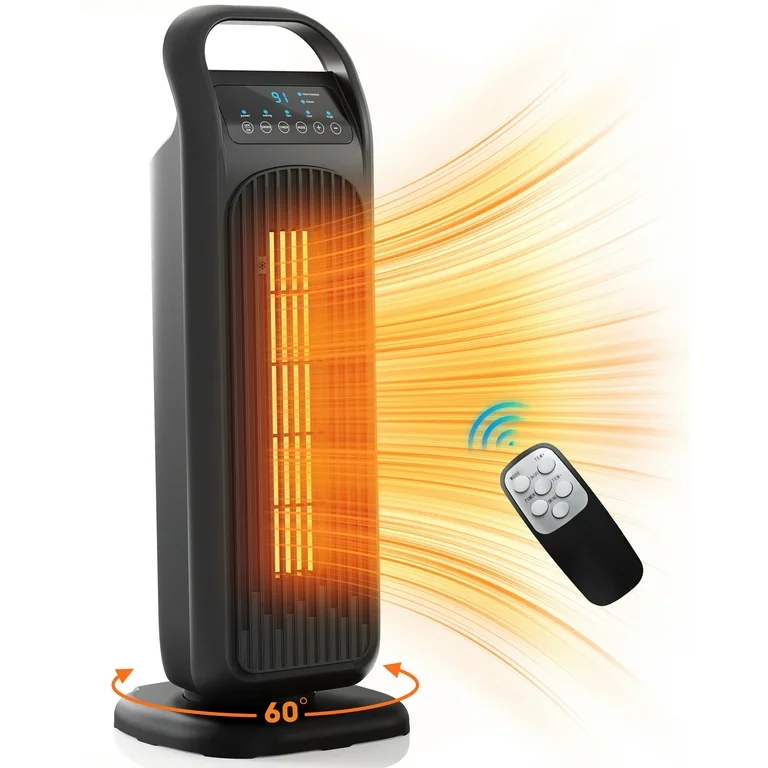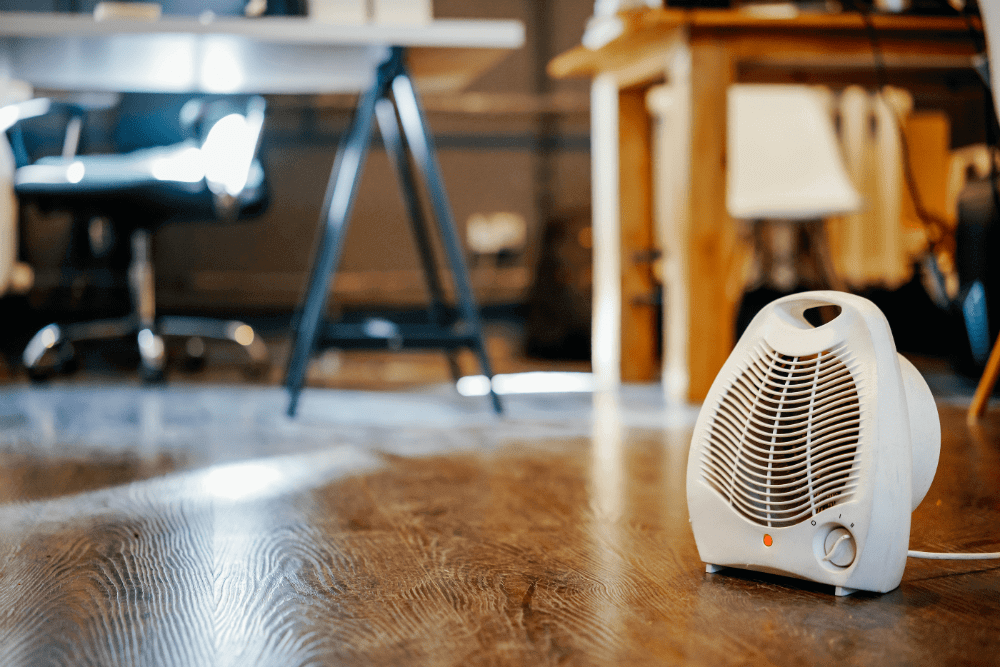1 Source Portable Air Things To Know Before You Get This
1 Source Portable Air Things To Know Before You Get This
Blog Article
The Single Strategy To Use For 1 Source Portable Air
Table of ContentsSome Ideas on 1 Source Portable Air You Need To KnowThe 7-Second Trick For 1 Source Portable Air10 Simple Techniques For 1 Source Portable AirThe smart Trick of 1 Source Portable Air That Nobody is Talking AboutIndicators on 1 Source Portable Air You Need To Know
Running prices are based on a power rate of 40c/kWh. The prices for 3 months' use in winter season are based upon 500 hours use, or about 6 hours each day for 3 months. Optimum warm output is based upon the maximum power level of the models we've examined (we concentrate on higher power level heating systems).
This depends on what expense you're checking out ahead of time purchase, or running price? As normal, there are trade-offs with either option. On average, small follower heating units are much less costly to buy, yet can have higher running expenses. Oil column heating units will certainly be the cheapest on the marketplace to run (generally) but only by a slim margin in advance of convection heaters (like panel and micathermic panels).
The Best Guide To 1 Source Portable Air
If you have a relatively easy to fix ceiling fan, it'll assist distribute the heat around the room extra evenly. The designs in our electrical heating systems examination normally array in price from well under $100 to over $900, however we have actually found a higher price tag doesn't always imply much better efficiency. A number of pricey heaters have actually fallen short to thrill our testers, while some less costly designs create remarkably bargains.
As the name suggests, they emit warmth from a heated home heating component (so the household will have to take turns being in front of it). There are flooring and wall-mounted models readily available. Glowing heating systems are fairly low-cost. They have a cosy glow and individual warming impact, like being in front of a fire.
The relatively revealed heating component can be a fire and security risk. A piece of clothing went down over it may stir up, or little youngsters playing around a floor design may melt themselves, so be cautious. Radiant heaters normally cost between $20 and $200. Oil-filled column heating systems don't actually melt oil they use power to warm the oil that's sealed inside their columns or 'fins'.
The Ultimate Guide To 1 Source Portable Air
Some column heaters aren't even oil-filled but instead use other product or heating innovation to work similarly - 1 Source Portable Air. The danger of fire with an oil column heating unit is reduced compared to various other heating system kinds, however never ever no. Oil heating units don't have subjected components like glowing heating systems do, and their surface area temperature level is lower than lots of various other heating unit types (their large area offsets it)
Oil column heating units won't explode, and while they don't burn their oil to create warmth, it's still flammable, so there is a fire risk if the oil leakages, if the heating system tips over and leakages, or if combustible objects or textile come right into contact or drop on the heating unit. You ought to exercise the exact same level advice of care with oil heaters when it comes to various other heating unit kinds, and never ever hang towels or garments over one to dry them use a drying out shelf rather, a minimum of one metre away.
Column heating systems are especially valuable in spaces where they'll be activated for extended periods of time or where they'll run neglected, such as over night in a bed room. The surface areas you're most likely to touch on a column heating unit do not obtain as warm as various other kinds of electrical heaters. You can utilize a ceiling fan on really reduced speed to aid the column heater to disperse the warm much faster and extra uniformly.
If there's not much air motion (for example, if you're resting analysis or seeing TV), the heat may not be dispersed equally. Oil-filled column heating units normally cost between $50 and $450. Convection and panel heating units attract cool air over an electric burner. The warmed air after that leaves the heating system and rises towards the ceiling, while cooler air relocations in to change it.
About 1 Source Portable Air

Convection and panel heating systems are more portable than their oil-filled column heater equivalents due to the fact that they're considerably lighter. They'll warm visit the site the air in a room equally and swiftly. Like a column heating system, you can use a ceiling fan on extremely low rate to disperse the heat much faster and more uniformly. Some versions, especially panel heating systems, are relatively expensive to purchase.

1 Source Portable Air - Questions
Fan heating systems are often smaller sized and more mobile than other electric heating units. They also are available in the form of tower fan heating systems, which my link can be better for distributing warmth around larger spaces as a result of their taller account. They can warm the air in an area more swiftly, evenly and promptly than a few other heater kinds.
They can be quite loud with the follower on full power, though are usually sensibly quiet at reduced fan rates. Fan heating systems (ceramic or otherwise) normally expense in between $60 and $900. Ceramic follower heating systems aren't always any various in price to non-ceramic designs. A relatively recent participant into the consumer market, infrared heating systems warm the room like the sun warms your face (without the UV rays so no risk of skin cancer). 1 Source Portable Air.
Report this page